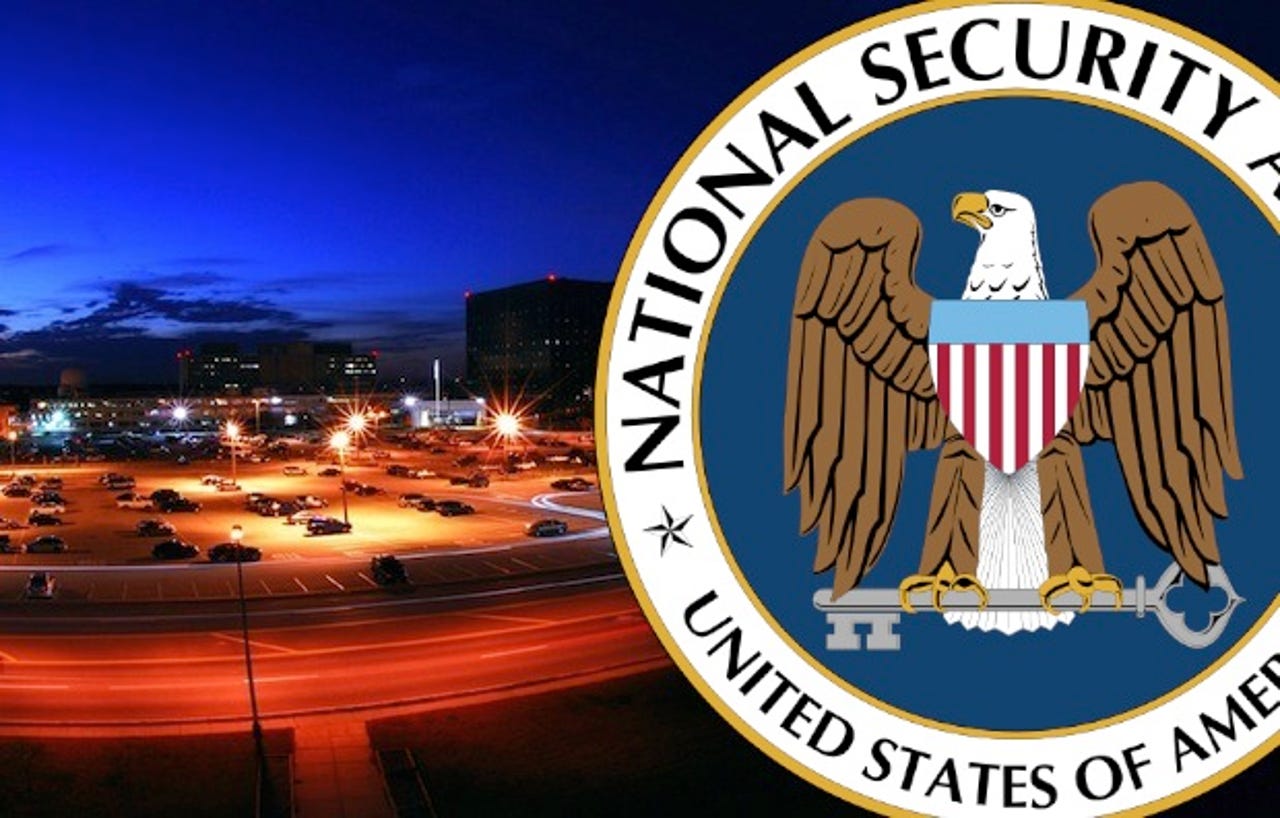New leaked documents detail secret U.S. intelligence 'black budget' figures


We now have the answer to what a lot of people have been asking: How much out of the U.S. intelligence budget does the U.S. government spend on its massive surveillance programs?
In total, it's now clear for the first time how the $52.6 billion "black budget," a snippet out of the vast U.S. national budget for fiscal 2013, is allocated and spent, such as to build intelligence gathering machines for both domestic and foreign surveillance systems.
That's coming from new leaked documents from former U.S. intelligence contractor turned whistleblower Edward Snowden, as revealed by The Washington Post on Thursday.
While the U.S. government discloses how much it spends overall on intelligence each year since 2007, only now is it clear exactly how this so-called secret "black budget" is spent.
Out of the $52.6 billion, the Central Intelligence Agency (CIA), the National Security Agency (NSA), and National Reconnaissance Office (NRO) receives about two thirds of this figure.
The CIA draws $14.7 billion from the budget, the NSA takes $10.8 billion, and the NRO, which builds the nation's geo-imagery satellites, has $10.3 billion. The NRO works closely with the National Geospatial-Intelligence Program (NGIP), which generates the imagery once the satellites are in orbit. The NGIP receives $4.9 billion per year out of the black budget.
One of the biggest categories across the board is "data collection expenses," which is used to fund intelligence-led operations based on information collected on companies, citizens, and foreign nationals.
With much of the focus on the NSA's activities, particularly in the wake of the PRISM data collection program and the Upstream fiber cable-tapping system, the breakdown of spending is particularly enlightening.
The NSA spends $5.2 billion each year — about half of its budget — on management, facilities, and support, while only $2.5 billion, or about one fifth, is spent on data collection expenses. The wiretapping agency spends $3.1 billion on data analysis and processing alone.
While the NRO spends more than half of its budget, or $2.5 billion, on data collection expenses, the CIA spends about 80 percent of its budget, or $11.5 billion, on acquiring intelligence through data collection.
And with billion-dollar budgets, those figures are set to rise in the coming years. Year over year, the CIA and NSA's budgets have rocked by 56 and 53 percent, respectively, on average between 2004 and 2013, while the NGIP has seen its budget double on average.
Other investments, according to the leaked documents, include "ground-breaking cryptanalytic capabilities to defeat adversarial cryptography and exploit internet traffic," pointing to a push ahead with previously disclosed programs.
More snippets from the report:
Mission objectives and priorities
$20.1 billion was spent on warning U.S. leaders about critical events to help policy makers and authorities determine the best course of action at moments of volatility;
$17.2 billion was spent on combating terrorism by monitoring and disrupting suspected extremists;
$6.7 billion was spent on helping to stop the spread of weapons of mass destruction;
$4.3 billion was spent on conducting cyber operations by defensively preventing cyber intrusions, including sabotaging enemy systems;
$3.8 billion was spent on defending against foreign espionage, by detecting attempts to gain access to government;
But all in all, this year's total budget request was 2.4 percent lower than that of fiscal 2012, albeit still roughly double that of the 2001 budget.
What is the intelligence community focusing on?
The NSA planned to investigate at least 4,000 possible whistleblower threats in 2013. The documents show that the agency was looking to boost its ability to detect "anomalous" behavior of those with access to highly classified and sensitive materials.
Both the CIA and the NSA are attempting to hack into foreign networks to steal information, according to the Post. China has previously accused the U.S. government of conducting this kind of activity.
There are many gaps in the intelligence community's knowledge, including how Pakistan's nuclear components are transported, and how the Russian government may likely respond to "potentially destabilizing events" in the country. A critical gap also remains in intelligence relating to North Korea, which continues to aggressively acquire material for a nuclear bomb.
The NSA was estimated to spend more than $48 million on research alone to help cope with what it described as "information overload" from the vast amount of data collected from Silicon Valley giants.
Who works for the intelligence community?
This graph shows the percentage of people who work for the intelligence community, including the CIA and the NSA. Of particular note, the graph shows that about 18 percent of all intelligence community workers are contractors, or third-party employees, such as Snowden.